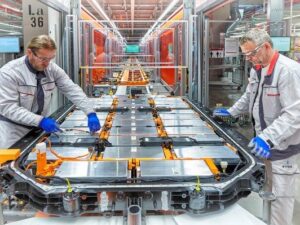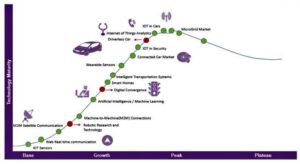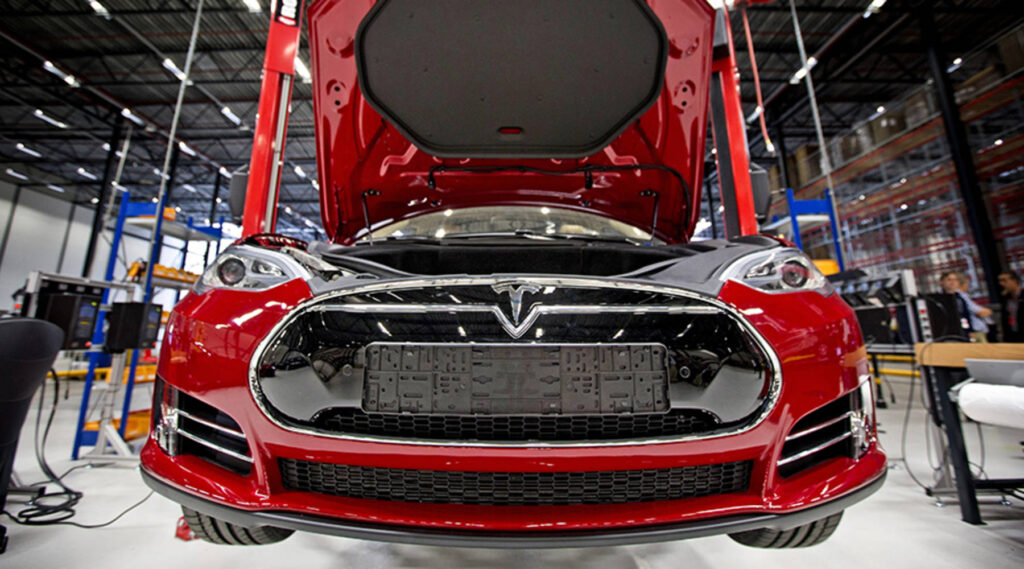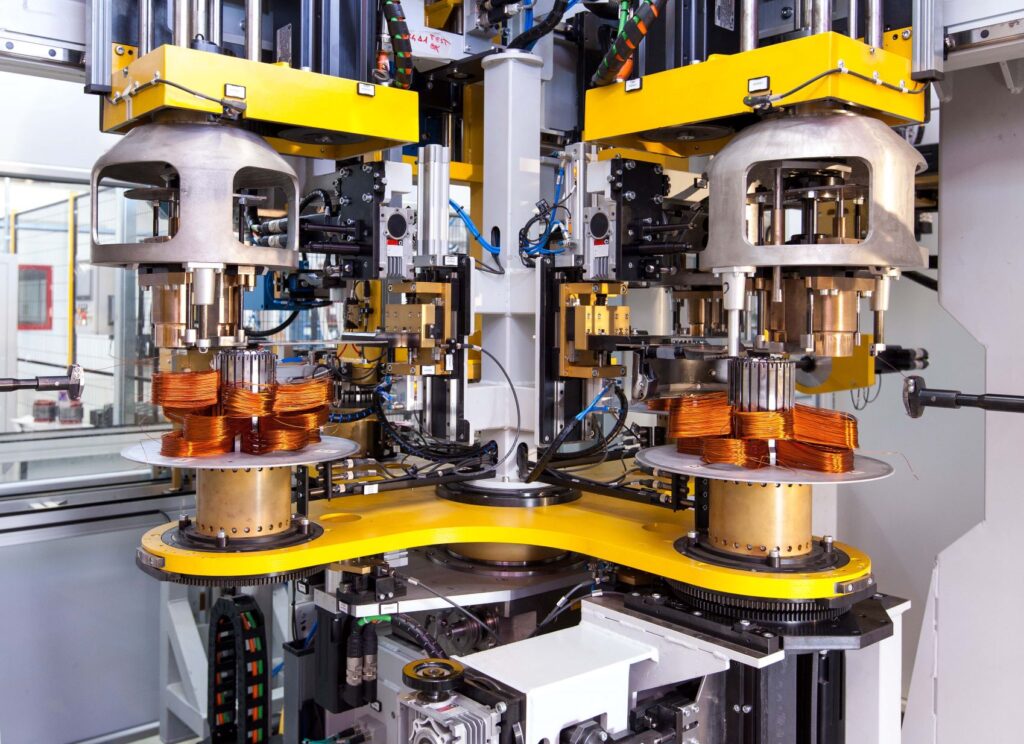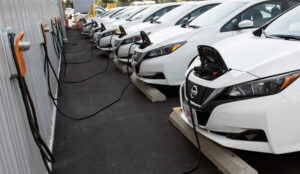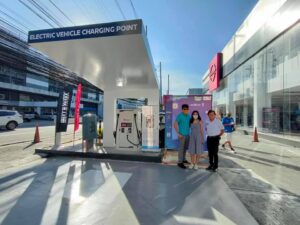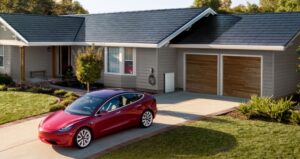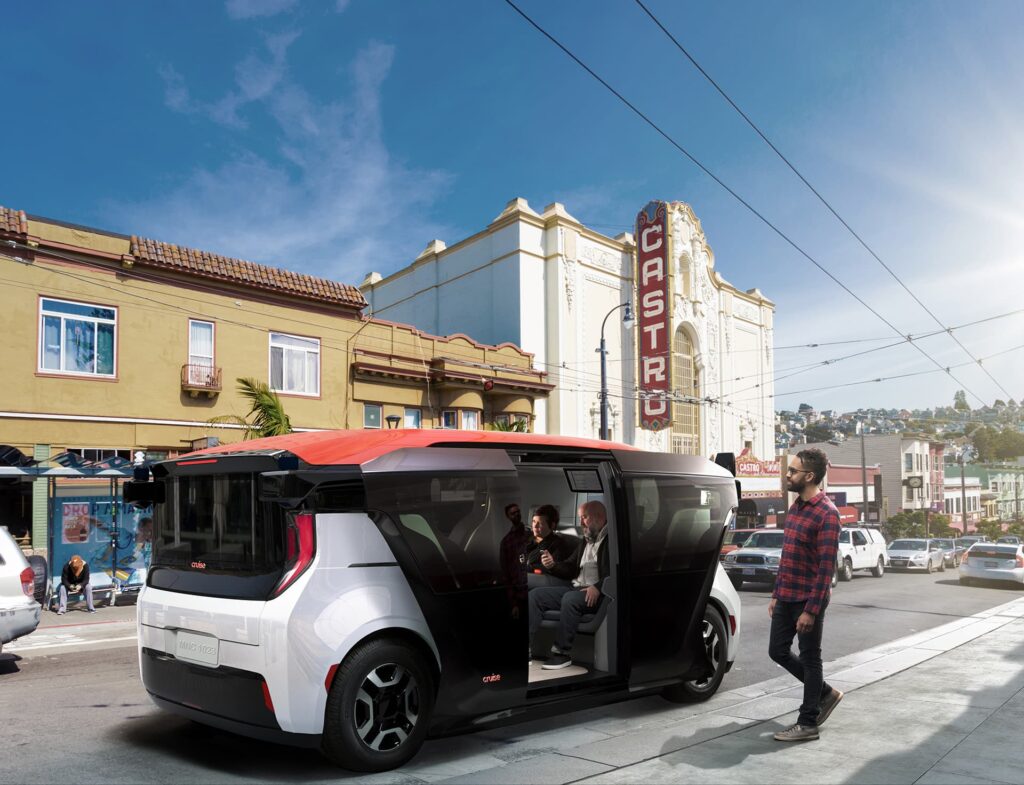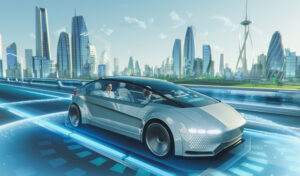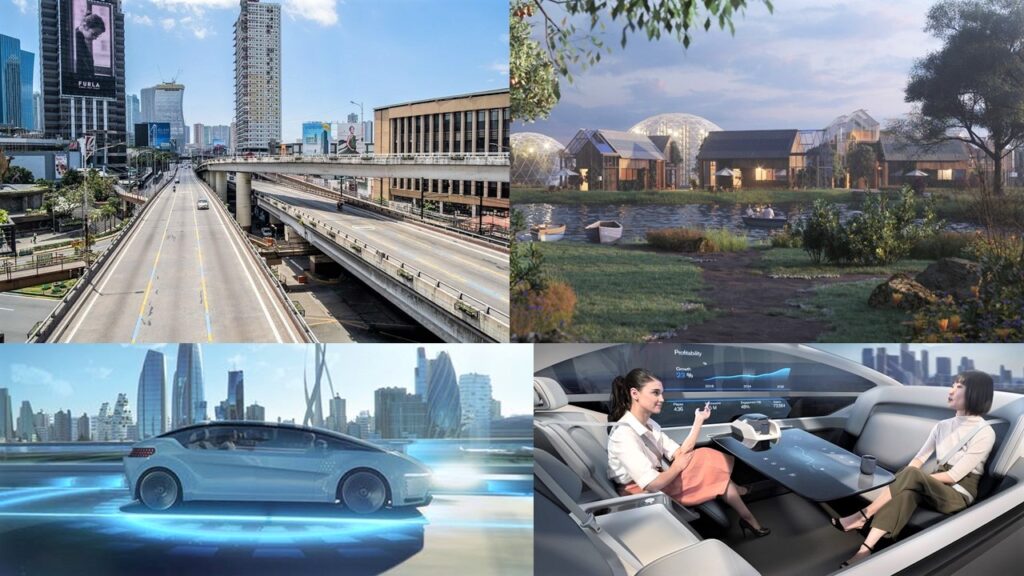A few days before the New Year, a good friend sent us an online message regarding “Some Very Interesting But Also Scary Predictions” about the future. We were interested and somewhat amused with most of the predictions, especially those that refer to the future of mobility. However, we tend to disagree with some predictions and got scared by the others. We were compelled to write our reaction to motoring-related predictions and disregarded the irrelevant ones. Here goes:
1. Electric vehicles (EVs) will become mainstream about 2030. Cities will be less noisy because all the new cars on the road will be EVs.
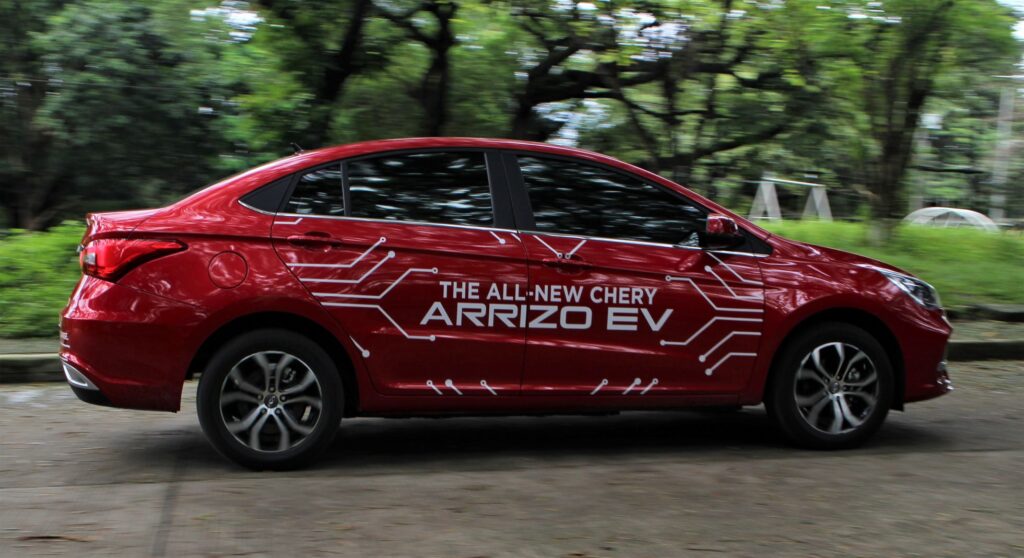
You won’t hear any engine noises from electric vehicles like this Chery Arrizo EV, except for a soft whirl from the electric motor and some tire noise.
We tend to agree with this prediction because, since 2019, we’ve been test driving some of the EVs that will soon become common on our roads, especially the precursors of future mainstream EV models that will populate roads around the world within 10 to 20 years. EVs are expected to produce zero emissions , which will help clean the environment, as well as operate quietly, which will lower noise pollution in major cities. All we have to do now is to ensure that the electricity generated to charge these EVs will have to be clean, sustainable and carbon-neutral. And, when you think about it, 2030 is just 8 years away!
2. Smart major auto manufacturers will allocate funds to build new factories that will only make EVs.
We cannot actually consider this as a prediction because some major car companies have already announced plans to allocate, or have allocated, billion of dollars to build new smart factories that manufacture EVs, batteries and control systems exclusively. A majority of car companies have done some EV research or initiatives in the past and are now scrambling to build new assembly plants that are designed to cope with the expected rise in demand for EVs in the very near future.
3. Traditional carmakers will fail because they will become evolutionary and just build EVs while tech companies will succeed because they will become revolutionary and build not just EVs but “computers on wheels”.
We are sitting on the fence with this prediction. While tech companies like Tesla, Apple and Goggle already have a huge head start on machine-to-machine connections (M2M), artificial intelligence and machine learning (AIML), and the internet of things (IOT) that are predicted to be essential for autonomous EVs, traditional carmakers like General Motors, Ford, Volkswagen and Toyota have accumulated more than a century of experience in designing and manufacturing motor vehicles. While several automotive brands will fail in the impending EV market because they will not be able evolve fast enough, the smarter carmakers will be able to adapt to revolutionary changes and will prove to be highly competitive against tech companies. Some car brands might even merge with tech companies to dominate the market.
4. EVs will be sold with lifetime guarantees and will only be repaired by EV dealerships.
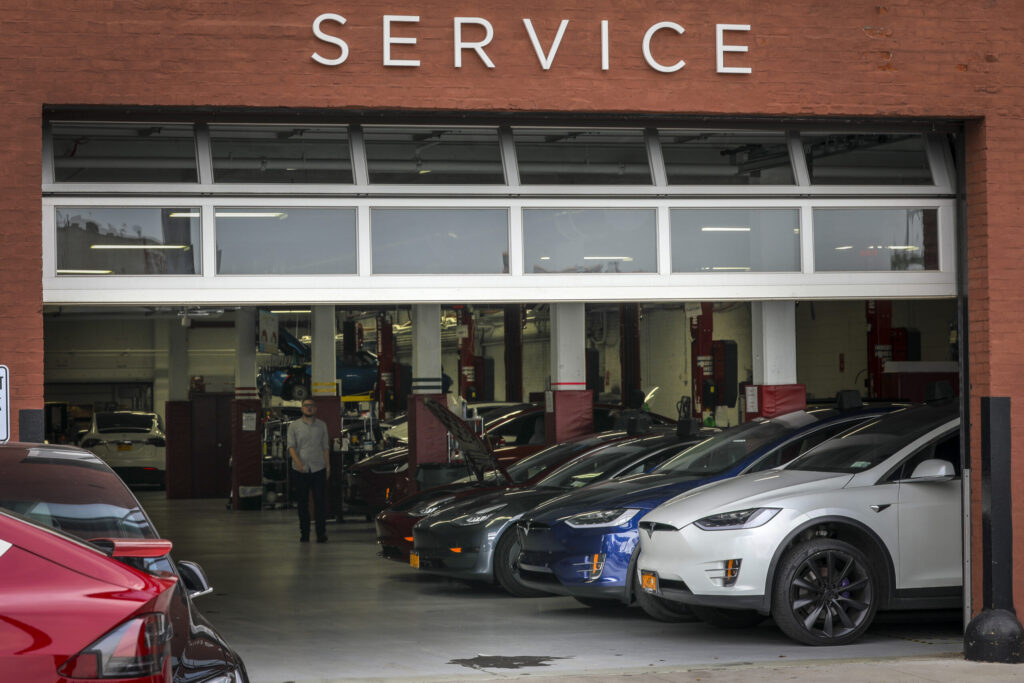
Tesla cars at the service center of a Tesla dealership in Brooklyn, New York. (Photo by Drew Angerer/Getty Images)
This prediction may be plausible since EVs are propelled by electric motors that only have 20 individual parts compared to internal combustion engines, which has around 20,000 individual parts. Thus, it will only take a few minutes for the authorized service center of an EV dealership with the right equipment and highly-trained technicians to remove and replace a faulty electric motor, reconnect and reprogram the new motor, and have the vehicle running and driving immediately after the repairs. As for the lifetime guarantee, we think that it will apply to the electric motor only and not for the entire vehicle, which we predict will have a limited but longer warranty than what is being currently offered by today’s carmakers.
5. When the electric motor or battery malfunction warning light of your EV goes on, you will drive up (or have your car towed) to what looks like a car wash and, after you have a complimentary cup of coffee, your car will come out with a new electric motor or battery.
Similar to prediction #4 above, we agree that this scenario may be quite feasible, depending of course, on the demand for such repair stations and on the universality and compatibility of the components, such as electric motors and batteries, of different EV makes and models. However, we believe that people will become increasingly concerned about time and productivity that if something goes wrong with their EV, they will proceed to the nearest EV repair station, and have the faulty motor or battery repaired or replaced immediately – just like how they repair mobile phones today.
6. Faulty electric motors will not be repaired in EV dealerships but will be sent to regional repair shops that repair them with robots.
We agree that faulty motors will be repaired offsite by a specialist company because that’s already happening in auto dealerships. Currently, electrical components such as starter motors and alternators are no longer repaired at the dealer’s service center but replaced with new or reconditioned components, depending on the customer’s budget. The faulty but serviceable motor or alternator are then sent to a specialist electric repair shop and reconditioned or repaired. As for the part where the faulty motors will be repaired by robots instead of humans, we believe that future economics and labor demands will determine the feasibility of this prediction.
7. Auto repair shops will close down and disappear.

Our 1983 Mercedes-Benz 500SE (W126) project car being diagnosed at the Bosch Service Center in Makati.
We disagree with the idea that auto repair shops will no longer be relevant in the future. Regardless of the method of propulsion (electric motors, hybrids, or ultra-low-emission internal combustion engines) and manner of operation (human drivers or self-automation) – vehicles will have mechanical components like suspensions, steering and brakes, that will eventually need maintenance, troubleshooting or repairs, which will keep auto repair shops necessary and relevant. And as an analogy, telephones went from cabled landlines to wireless mobile devices yet we still need technicians and repair shops to fix them when they break down, right?
8. Street corners will have meters that dispense electricity. Companies will install electric recharging stations, which they’ve already started in developed economies.
We’re not sure about metered charging stations at street corners but we’re sure that eventually, the demand for EVs and the need to charge these vehicles will compel most major businesses, such as real estate companies, to join the bandwagon and start installing EV charging stations in secure parking lots where these expensive charging equipment and the stations’ customers will be safe. In fact, some Nissan dealers here in the Philippines, which are now selling the innovative Leaf EV, have installed an electric charging station in their dealership. We expect other car dealerships to follow, especially when the population of EVs begin to grow exponentially.
9. Gas stations will close down and go away.
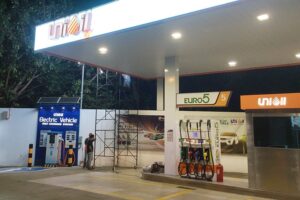
The Unioil service station along EDSA in Guadalupe now has an electric vehicle charging station in addition to their gasoline and diesel fuel pumps.
We disagree because we predict that when governments impose a worldwide ban on the manufacture and sale of vehicles with internal combustion engines in the next 20 to 30 years, service stations will adapt to the mandated changes and have electric vehicle charging stations instead of fuel pumps to service the new EV market. However, we also predict that there will be a great number of automobile enthusiasts who will opt to keep, maintain and drive their gasoline- or diesel-powered vehicles for a limited time during weekends or holidays, which will be allowed by governments for the preservation of automotive history. Thus, gasoline and diesel fuels will still be available at select service stations, albeit in rationed amounts or in sealed 10-liter cans with a mandated limited number of purchases.
10. Coal industries will go away. Gasoline and oil companies will go away. Drilling for oil will stop. So, say goodbye to OPEC! The Middle East will be in trouble.
Let’s tackle this one prediction at a time: Yes, we agree that in the near future, coal may be replaced by cleaner and more sustainable energy resources such as solar power, windmills and wave technology to create electricity, which will be used to power our EVs, homes, offices, businesses, and industries. However, we don’t think that oil drilling will be completely phased-out because large commercial electric airplanes aren’t safe or feasible just yet and the current crop of jet-powered airliners still need fuel to fly. We think that the role of OPEC will eventually be downplayed but we think that oil-rich Middle East countries will learn to adapt to a less oil-dependent carbon-neutral future .
11. Homes will produce their own electrical energy and then sell their excess electricity to the grid, which will store and dispenses the power to industries that have high electrical consumption.
Because of the demand for cleaner air and cheaper electricity, solar energy production has been on an exponential curve for the past 30 years. The economies of scale is making home solar installations more affordable each year that even Tesla has produced a roofing system that is designed to generate electricity and conserve energy at the same time. We agree with the prediction that if the trend continues and all homes in the future will generate their own electricity, the combined excess or stored electricity can be sold to the grid and used by manufacturing industries and businesses negating the need for large coal-fired, diesel or nuclear power plants.
12. You will no longer need to own a car in the future because you can just call an autonomous or self-driving vehicle with your mobile device, it will show up at your location, and drive you to your destination.
As car enthusiasts, we are scared of a future where we don’t need to own a personal car. Futurists predict that we can just book an autonomous vehicle (either solo or ride sharing), it’ll pick us up where we are, drop us off where we want to go, and we will only pay for the driven distance using digital cash with our mobile device. Futurists also predicts that we can be more productive because we can work while we’re being driven since we’ll just be passengers. We won’t need parking spaces, and with 90% to 95% fewer cars, we can transform former parking spaces into green parks.
13. Autonomous or self-driving vehicles will affect real estate values.
Because we can work and become productive while commuting in autonomous vehicles, futurists predict that property values in and around major cities and business districts will plummet since people will opt to live in beautiful, healthier and more affordable neighborhoods and ecovillages outside the congested cities. As we’ve experienced from the COVID-19 pandemic, work from home (WFH) arrangements can also be productive and help lessen vehicular traffic in the cities. Thus, WHF employees will only need to come to the business districts only during scheduled office work days on board self-driving vehicles without causing traffic congestions and creating parking obstructions.
14. Autonomous or self-driving vehicles will minimize or prevent road accidents. The car insurance business model will become obsolete.
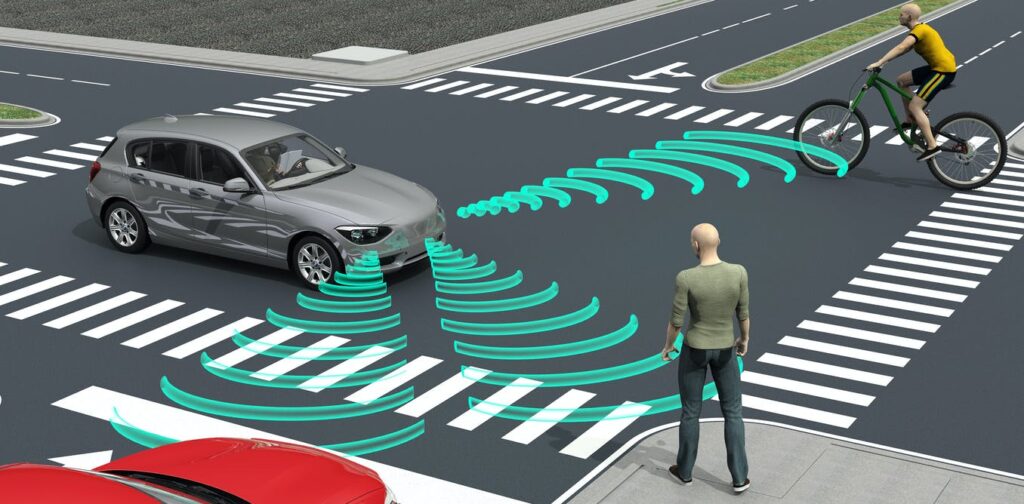
Current electronic driver and safety aids are the precursors to future autonomous driving protocols.
Statistics show that about 1.2 million people die each year in car accidents around the world and that there is 1 accident in 72,000 kilometers. Safety engineers predict that autonomous driving will drop that number to 1 accident in 7,200,000 kilometers and save more than a million lives worldwide each year. Increased road safety will put insurance companies in trouble because without accidents, the insurance rates will become cheaper and will probably make the auto insurance business eventually unnecessary.
15. Babies of this generation will never need to get a driver’s license, will never own a car, and will only see personal cars in museums and private collections.

Are personal vehicles doomed to become museum displays and private collections of the wealthy in the future?
We’re afraid that autonomous vehicles will not compel today’s young children and their children’s children to learn how to drive, get a license, and own a car. Some of our children might even grow up collecting cars as mere static art pieces to be displayed in museums and private collections instead of being driven to destinations. Some children might even grow up not knowing what a personal car is. Futurists predict that video games, virtual reality programs, WFH, online shopping, and Zoom meetings will make the future generation a less-sociable, more self-centered and “entitled” batch of human beings, coming out occasionally to ride by themselves in autonomous vehicles that they booked online.
The FUTURE is almost here but it will be what we will make it to be. We hope and pray that we can still enjoy the thrill of driving an automobile in our future.
What do you think of these predictions? Please write your opinion, reaction or thoughts in the Comment Box below. We’d love to hear from you!
 Power Wheels Magazine A Notch Above
Power Wheels Magazine A Notch Above


